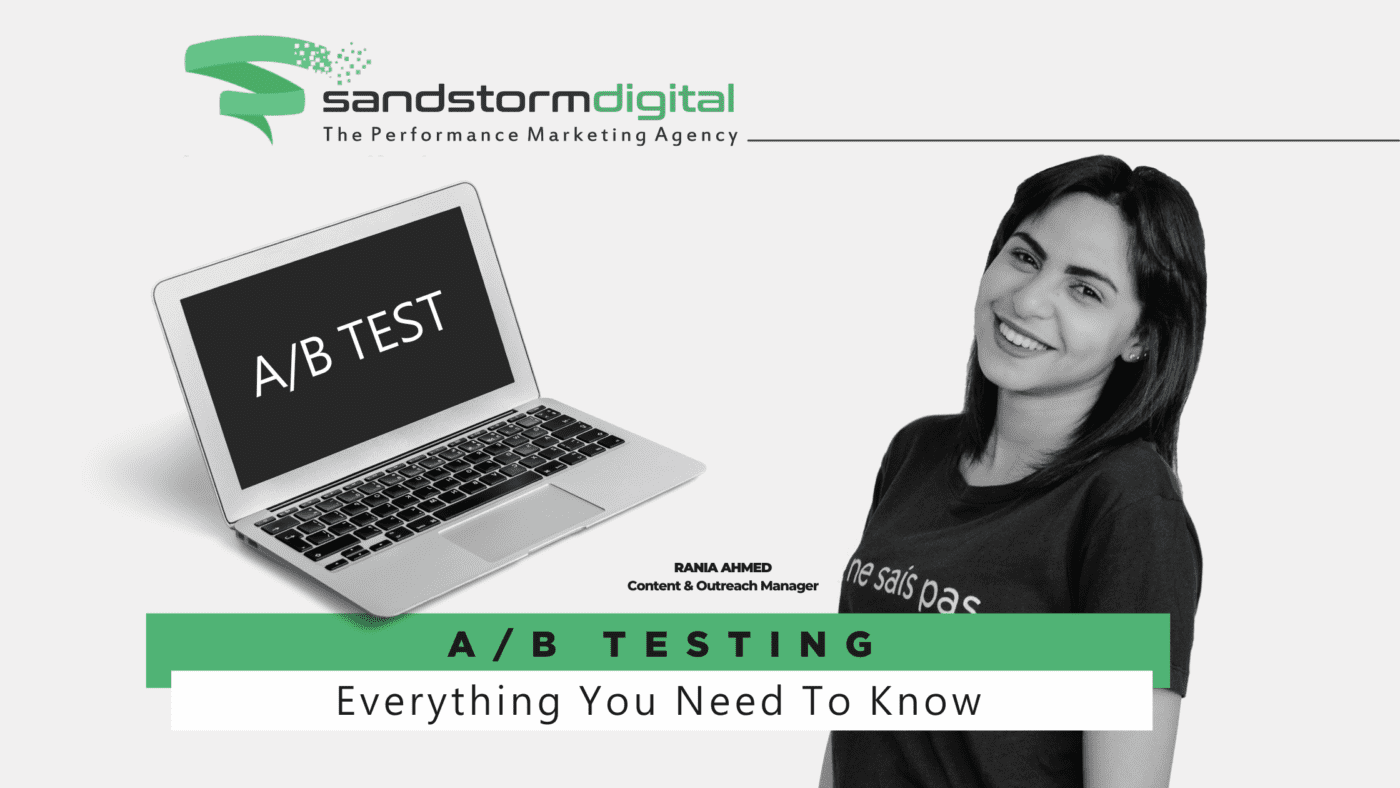In the digital age, companies no longer have to rely on guesswork when it comes to customer preferences. Your audience will let you know what resonates with them through interaction.
With A/B testing, anyone can learn how to improve their marketing campaigns, better understand their customer base, develop more relevant and connected content, and boost their return on investment (ROI).
A key method for optimizing digital marketing campaigns is A/B testing. In this blog, we will discuss the importance of A/B testing in digital marketing campaigns and how it can help you optimize your brand’s marketing strategy.
What is A/B testing?
A/B testing, also known as split testing, is a method of comparing two versions of a marketing campaign to determine which one performs better. In this method, two versions of a campaign, A and B, are created and shown to a specific audience. The audience’s response to each version is measured, and the version that performs better is chosen to be the winner. A/B testing can be used for various marketing elements such as website designs, landing pages, ad copy, email campaigns, and more.
Why is A/B testing important in digital marketing?
Data-Driven Decisions: A/B testing provides businesses with measurable data that helps them make data-driven decisions. This data can help businesses identify the elements that work and those that need improvement. Data-driven decisions are essential to optimizing marketing campaigns, as they allow businesses to make informed decisions that have a positive impact on their ROI.
Better Engagement: A/B testing allows businesses to experiment with different elements of their marketing campaigns, such as headlines, images, and CTAs, to find the most effective ones. This can lead to better engagement with the target audience, resulting in higher click-through rates and conversions.
Cost-Effective: A/B testing is a cost-effective way to optimize digital marketing campaigns. Instead of making significant changes to the entire campaign, businesses can make small changes to specific elements and test them against each
SEO vs PPC A/B Testing
When it comes to improving the effectiveness of your digital marketing efforts, there are few tactics more powerful than A/B testing. Whether you’re working on SEO or PPC, A/B testing can help you identify what works and what doesn’t, and refine your strategies accordingly.
In the context of SEO, A/B testing can be used to optimize the content and layout of your website. For example, you might test different headlines, calls-to-action, or product descriptions to see which ones lead to more conversions. You can also test different variations of your website’s layout, such as the placement of buttons or the use of images, to see which version leads to better engagement.
In PPC, A/B testing can help you optimize your ad campaigns. For example, you might test different ad copy, headlines, or images to see which ones lead to higher click-through rates and conversions. You can also test different landing pages to see which ones lead to more conversions.
So, how do you conduct an effective A/B test? Here are a few tips:
Define your goals: Before you begin, make sure you have a clear understanding of what you’re trying to achieve. Are you looking to improve click-through rates, conversions, or something else? Make sure your goals are specific, measurable, and realistic.
Choose your variables: Decide which elements of your page or ad you want to test. Keep in mind that you should only test one variable at a time to avoid confusing results.
Create your variations: Create two versions of your page or ad, making a single change to one of them. Make sure both versions are identical except for the variable you’re testing.
Determine your sample size: Decide how much traffic you want to direct to each version of your page or ad. The larger your sample size, the more statistically significant your results will be.
Run your test: Direct traffic to both versions of your page or ad, and track your results. Be patient and give your test enough time to generate meaningful data.
Analyze your results: Once your test is complete, analyze your results to determine which version performed better. Use this information to refine your SEO or PPC strategy going forward.
By testing different variations of your pages and ads, you can identify what works and what doesn’t, and refine your strategies accordingly. Just remember to define your goals, choose your variables carefully, and give your test enough time to generate meaningful data. Check out Adobe’s guide: Everything you Need to Know About A/B Testing.











